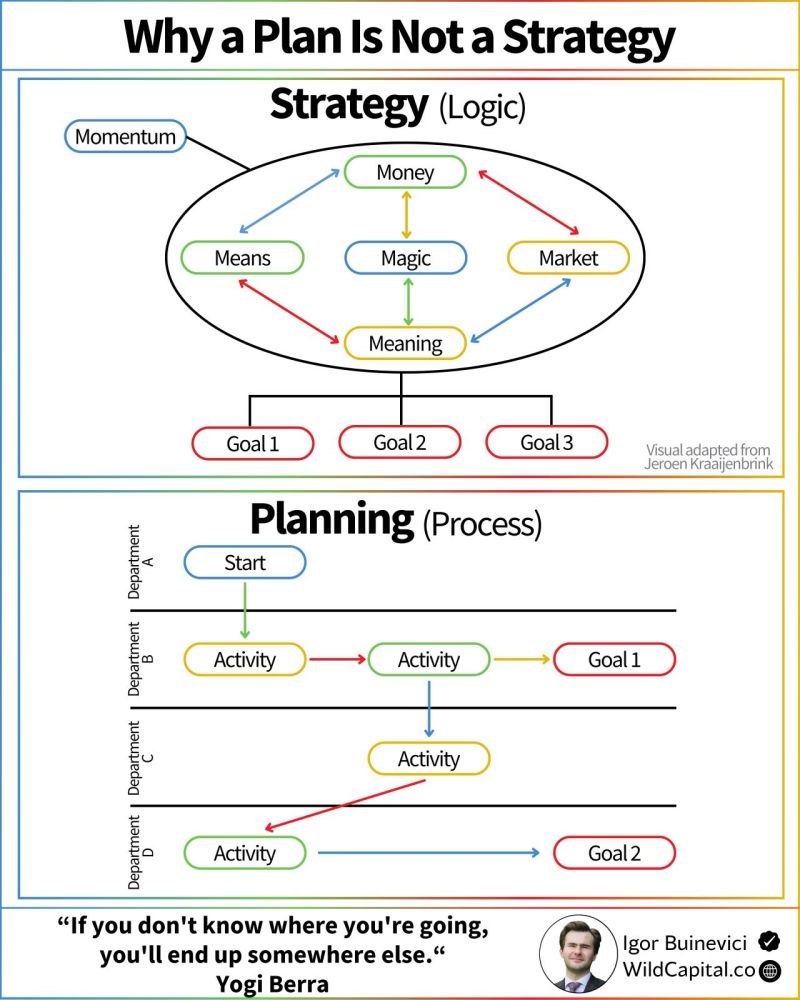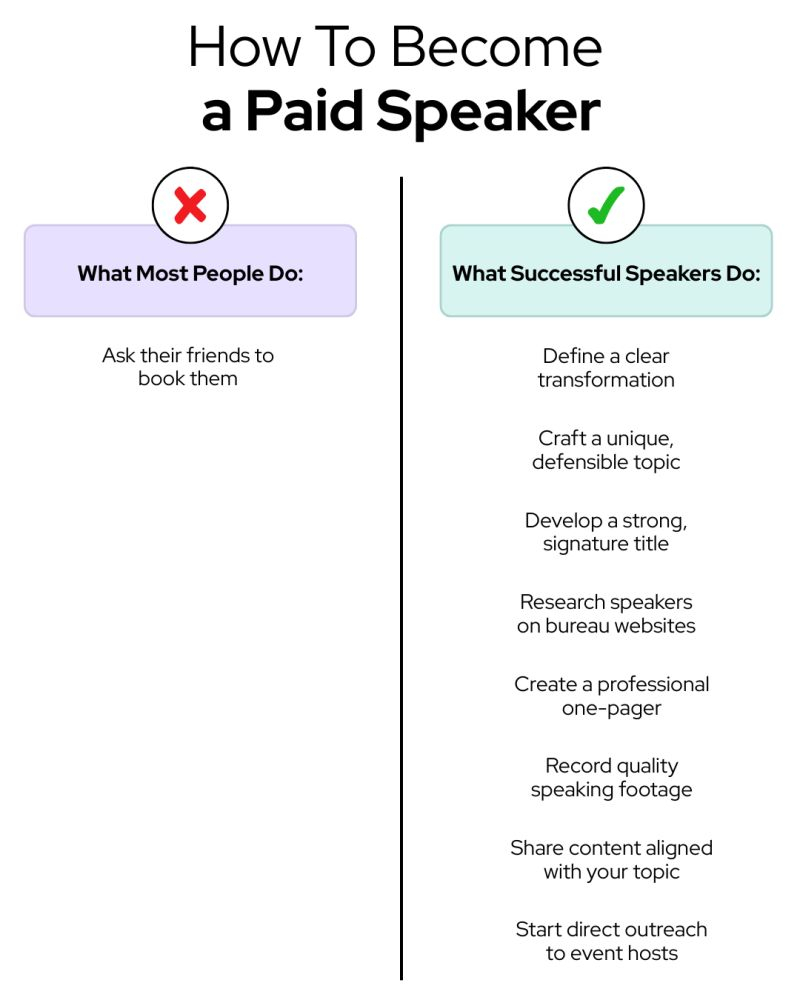Navigate away from toxic leadership with these 7 steps
(your career will thank you):
Earlier this week, I posted about positive vs. toxic leadership.
As part of my research, I found that 56% of employees report having "toxic" workplace leaders! *
That is wild!
Toxic leadership can cast a long shadow on workplace culture.
Recognizing toxic traits is the first step towards illumination:
➟ Arrogance and Self-interest
➟ Lack of Confidence and Incompetence
➟ Inconsistent Expectations and Discrimination
➟ Overemphasis on Hierarchy and Ignoring Feedback
The fallout is real—workplace bullying, unproductive behavior, psychological distress, and more.
Here's how you can deal with it:
1️⃣ 𝗘𝗺𝗽𝗮𝘁𝗵𝘆 𝗢𝘃𝗲𝗿 𝗝𝘂𝗱𝗴𝗺𝗲𝗻𝘁:
↳ Attempt to help rather than passing judgment. It can transform perspectives.
2️⃣ 𝗢𝘄𝗻 𝗬𝗼𝘂𝗿 𝗥𝗲𝗮𝗰𝘁𝗶𝗼𝗻𝘀:
↳ Stay composed. Controlling your reactions preserves your professionalism.
3️⃣ 𝗗𝗼𝗰𝘂𝗺𝗲𝗻𝘁 𝗘𝘃𝗲𝗿𝘆𝘁𝗵𝗶𝗻𝗴:
↳ Keep records. It’s your safety net when memory fails or disputes arise.
4️⃣ 𝗦𝗲𝘁 𝗕𝗼𝘂𝗻𝗱𝗮𝗿𝗶𝗲𝘀:
↳ Draw clear lines. Professional boundaries protect your mental space and well-being.
5️⃣ 𝗢𝗽𝗲𝗻 𝗗𝗶𝗮𝗹𝗼𝗴𝘂𝗲:
↳ Engage in honest conversations. Candidness can be the catalyst for change.
6️⃣ 𝗦𝗲𝗲𝗸 𝗖𝗹𝗮𝗿𝗶𝘁𝘆:
↳ Clarify expectations and instructions. Misunderstandings breed discontent.
7️⃣ 𝗘𝗴𝗼 𝗔𝘀𝗶𝗱𝗲:
↳ Focus on the job. Invest your energy in your work, not in clashing egos.
We spend a significant slice of life at work; don't let toxicity darken it.
Steering clear of toxic traits and handling challenging leadership with grace can light up your path to career success.
Have you ever faced toxic leadership, and how did you navigate through it?
* From a research study by workplace consulting firm, Life Meets Work
______________
(your career will thank you):
Earlier this week, I posted about positive vs. toxic leadership.
As part of my research, I found that 56% of employees report having "toxic" workplace leaders! *
That is wild!
Toxic leadership can cast a long shadow on workplace culture.
Recognizing toxic traits is the first step towards illumination:
➟ Arrogance and Self-interest
➟ Lack of Confidence and Incompetence
➟ Inconsistent Expectations and Discrimination
➟ Overemphasis on Hierarchy and Ignoring Feedback
The fallout is real—workplace bullying, unproductive behavior, psychological distress, and more.
Here's how you can deal with it:
1️⃣ 𝗘𝗺𝗽𝗮𝘁𝗵𝘆 𝗢𝘃𝗲𝗿 𝗝𝘂𝗱𝗴𝗺𝗲𝗻𝘁:
↳ Attempt to help rather than passing judgment. It can transform perspectives.
2️⃣ 𝗢𝘄𝗻 𝗬𝗼𝘂𝗿 𝗥𝗲𝗮𝗰𝘁𝗶𝗼𝗻𝘀:
↳ Stay composed. Controlling your reactions preserves your professionalism.
3️⃣ 𝗗𝗼𝗰𝘂𝗺𝗲𝗻𝘁 𝗘𝘃𝗲𝗿𝘆𝘁𝗵𝗶𝗻𝗴:
↳ Keep records. It’s your safety net when memory fails or disputes arise.
4️⃣ 𝗦𝗲𝘁 𝗕𝗼𝘂𝗻𝗱𝗮𝗿𝗶𝗲𝘀:
↳ Draw clear lines. Professional boundaries protect your mental space and well-being.
5️⃣ 𝗢𝗽𝗲𝗻 𝗗𝗶𝗮𝗹𝗼𝗴𝘂𝗲:
↳ Engage in honest conversations. Candidness can be the catalyst for change.
6️⃣ 𝗦𝗲𝗲𝗸 𝗖𝗹𝗮𝗿𝗶𝘁𝘆:
↳ Clarify expectations and instructions. Misunderstandings breed discontent.
7️⃣ 𝗘𝗴𝗼 𝗔𝘀𝗶𝗱𝗲:
↳ Focus on the job. Invest your energy in your work, not in clashing egos.
We spend a significant slice of life at work; don't let toxicity darken it.
Steering clear of toxic traits and handling challenging leadership with grace can light up your path to career success.
Have you ever faced toxic leadership, and how did you navigate through it?
* From a research study by workplace consulting firm, Life Meets Work
______________
Navigate away from toxic leadership with these 7 steps
(your career will thank you):
Earlier this week, I posted about positive vs. toxic leadership.
As part of my research, I found that 56% of employees report having "toxic" workplace leaders! *
That is wild!
Toxic leadership can cast a long shadow on workplace culture.
Recognizing toxic traits is the first step towards illumination:
➟ Arrogance and Self-interest
➟ Lack of Confidence and Incompetence
➟ Inconsistent Expectations and Discrimination
➟ Overemphasis on Hierarchy and Ignoring Feedback
The fallout is real—workplace bullying, unproductive behavior, psychological distress, and more.
Here's how you can deal with it:
1️⃣ 𝗘𝗺𝗽𝗮𝘁𝗵𝘆 𝗢𝘃𝗲𝗿 𝗝𝘂𝗱𝗴𝗺𝗲𝗻𝘁:
↳ Attempt to help rather than passing judgment. It can transform perspectives.
2️⃣ 𝗢𝘄𝗻 𝗬𝗼𝘂𝗿 𝗥𝗲𝗮𝗰𝘁𝗶𝗼𝗻𝘀:
↳ Stay composed. Controlling your reactions preserves your professionalism.
3️⃣ 𝗗𝗼𝗰𝘂𝗺𝗲𝗻𝘁 𝗘𝘃𝗲𝗿𝘆𝘁𝗵𝗶𝗻𝗴:
↳ Keep records. It’s your safety net when memory fails or disputes arise.
4️⃣ 𝗦𝗲𝘁 𝗕𝗼𝘂𝗻𝗱𝗮𝗿𝗶𝗲𝘀:
↳ Draw clear lines. Professional boundaries protect your mental space and well-being.
5️⃣ 𝗢𝗽𝗲𝗻 𝗗𝗶𝗮𝗹𝗼𝗴𝘂𝗲:
↳ Engage in honest conversations. Candidness can be the catalyst for change.
6️⃣ 𝗦𝗲𝗲𝗸 𝗖𝗹𝗮𝗿𝗶𝘁𝘆:
↳ Clarify expectations and instructions. Misunderstandings breed discontent.
7️⃣ 𝗘𝗴𝗼 𝗔𝘀𝗶𝗱𝗲:
↳ Focus on the job. Invest your energy in your work, not in clashing egos.
We spend a significant slice of life at work; don't let toxicity darken it.
Steering clear of toxic traits and handling challenging leadership with grace can light up your path to career success.
Have you ever faced toxic leadership, and how did you navigate through it?
* From a research study by workplace consulting firm, Life Meets Work
______________
0 Comments
0 Shares
221 Views
0 Reviews








